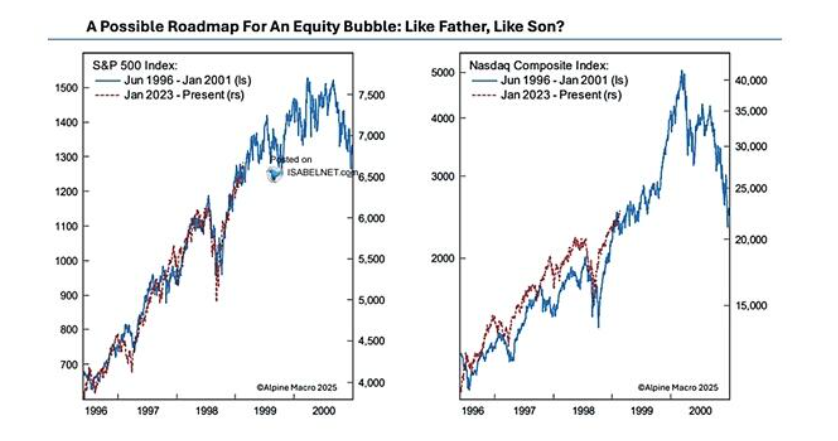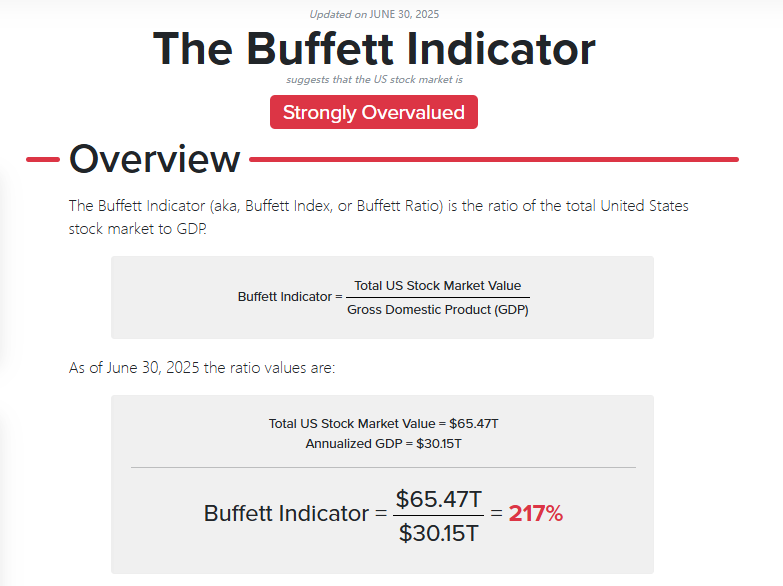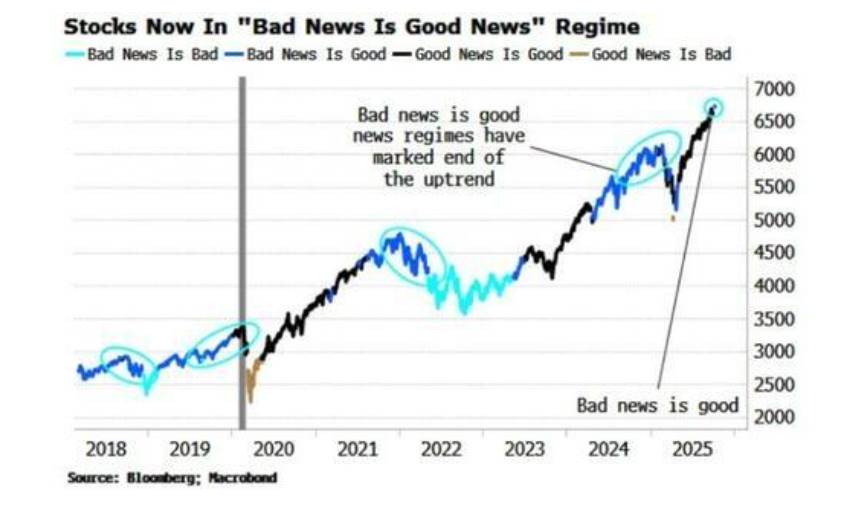The dangerous signal of "bad news is good news."
This Friday, U.S. stocks crashed across the board, with the Nasdaq dropping over 3%, marking the worst performance in six months, as the market sensed a whiff of danger.
Is the bull market nearing its end? Legendary Wall Street investor Paul Tudor Jones warned in recent days that the market may still see a strong rally, but it has also entered the final phase of the bull market. He believes that gains will be concentrated and realized in advance, followed by a sharp reversal.
This pattern is the ultimate common destination for all speculative market phases and "melt-up" moments. A "melt-up" is typically accompanied by the richest returns and the most extreme volatility, signaling that risks are accumulating rapidly.
Current market psychology may have become increasingly fragile. Veteran investor Leon Cooperman cited Warren Buffett's warning that when the market enters a phase where any strategy can make money, crowd behavior shifts from rational investing to "fear of missing out" (FOMO). In his view, the current rally has detached from fundamentals like earnings or interest rates, driven purely by price increases.
Even more concerning, according to Bloomberg analyst Simon White, the market has entered a dangerous "bad news is good news" mode. In this phase, weak economic data may actually stimulate stock market gains, as investors bet that the Federal Reserve will loosen monetary policy as a result. This counterintuitive phenomenon has occurred before the last few major market tops.
The final frenzy? Striking similarities to 1999
The current market environment bears striking similarities to the internet bubble period of 1999. Paul Tudor Jones pointed out that the last year of a bull market often produces the most substantial returns, but it is also accompanied by increased volatility.
As analyzed in an article by RealInvestmentAdvice.com, every bubble has a core story. The story of 1999 was the internet, while the story of 2025 is artificial intelligence, both of which bring immense potential for reshaping industries and igniting productivity.
This similarity is reflected on a psychological level. At that time, investors flooded into the market out of "fear of missing out," pushing the price-to-earnings ratios of companies like Cisco above 100. Today, the narrative of "if AI is going to change everything, you can't afford not to own it" is driving the same behavior.

Despite ample liquidity, massive fiscal deficits, and global central bank rate cuts still supporting the bull market, these factors are also precisely the roots of market instability. When almost all asset classes—from large-cap stocks to gold and Bitcoin—are hitting historical highs and are highly correlated, a reversal could trigger a chain reaction.
"Buffett Indicator" flashes red and narrative risk
When the market is driven by narrative rather than fundamentals, risks quietly emerge. Leon Cooperman warned that investors are buying simply because prices are rising, and this behavior "never ends well."
The "Buffett Indicator," which measures the ratio of total market capitalization to GDP, has surpassed 200%, exceeding all historical extremes, indicating a severe disconnection between the stock market and the real economy.

The risk is that when everyone weaves a "rational narrative" for the rising assets they hold, consensus becomes extremely crowded. As investment master Bob Farrell said, "When all experts and forecasts agree, something else is about to happen."
Currently, almost all investors expect prices to continue rising, and this one-sided bet makes the market exceptionally sensitive to any minor negative news, potentially triggering disproportionate and severe reactions.
The dangerous signal of "bad news is good news"
According to Bloomberg's Simon White, the market entering the "bad news is good news" mode is an important characteristic of a top forming. Investors are ignoring economic slowdowns and instead cheering for the expectation that the Federal Reserve will step in to save the market. Historical data shows that this mechanism has appeared before the last three major market tops, as well as before the market tops in 2011 and 2015.
However, the analysis also offers two warnings. First, this mechanism may persist for several months before the market truly experiences a correction.
Second, this pattern has also appeared in the middle of bull markets over the past two decades.
But considering the current potential for over-investment in AI, record valuations, and the growing speculative bubble, no one dares to assert that this is merely a "halftime break."

免责声明:本文章仅代表作者个人观点,不代表本平台的立场和观点。本文章仅供信息分享,不构成对任何人的任何投资建议。用户与作者之间的任何争议,与本平台无关。如网页中刊载的文章或图片涉及侵权,请提供相关的权利证明和身份证明发送邮件到support@aicoin.com,本平台相关工作人员将会进行核查。




